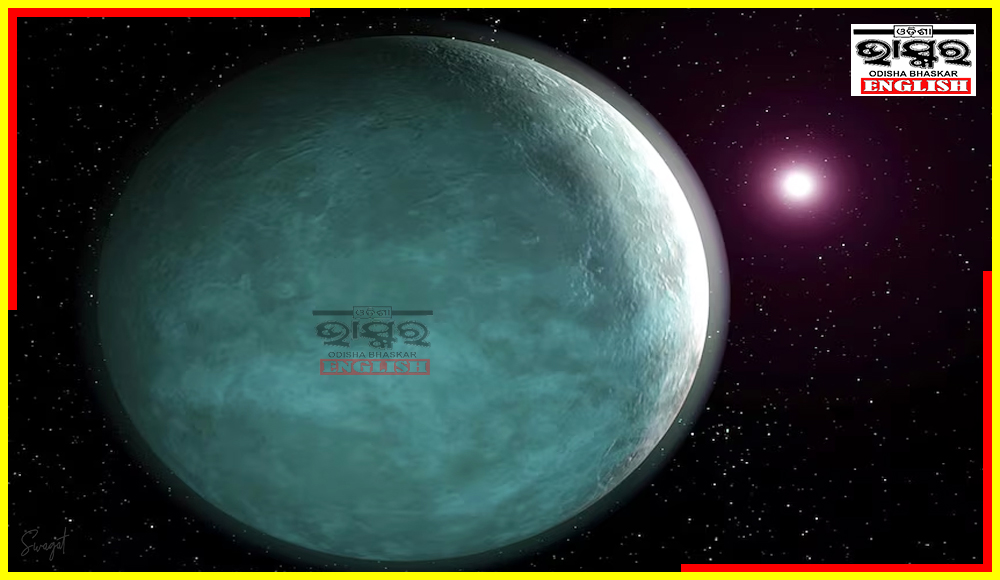Astronomers have made an intriguing discovery about an exoplanet located over 260 light years away from Earth. This distant world, known as LTT9779b, has been found to possess a highly reflective surface, making it comparable in brightness to Venus. The planet, which is approximately the size of Neptune, orbits its star in a mere 19 hours. Its proximity to the star results in scorching temperatures of around 2,000 degrees Celsius on the side facing the star. Despite this extreme heat, LTT9779b exhibits the presence of clouds, a phenomenon that puzzled scientists.
Researchers from France’s Cote d’Azur Observatory conducted a study using Europe’s Cheops space telescope to investigate the planet’s cloud formation. They compared the process to the condensation that occurs in a bathroom after a hot shower. The atmosphere of LTT9779b became oversaturated with a mixture of metal and silicate, similar to the materials used to make glass. This combination led to the formation of metallic clouds, which act as a mirror, reflecting light and protecting the planet’s atmosphere from being blown away.
LTT9779b defies conventional expectations in other ways as well. It belongs to a region known as the “Neptune desert,” where planets its size are not typically found. The planet’s survival in this inhospitable region is attributed to the shielding effect of its metallic clouds. The clouds effectively prevent the planet’s atmosphere from being stripped away by the star’s intense radiation. The discovery of LTT9779b marks a significant milestone in understanding how Neptune-sized planets can endure in the Neptune desert.
The observations were made possible by the European Space Agency’s Cheops space telescope, which was launched in 2019. By measuring the reflectiveness of LTT9779b, astronomers were able to determine that it reflects approximately 80% of the light from its host star. This achievement demonstrates the capabilities of the Cheops mission in investigating exoplanets and expanding our understanding of celestial bodies beyond our Solar System.




Comments are closed.